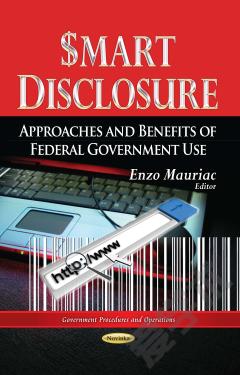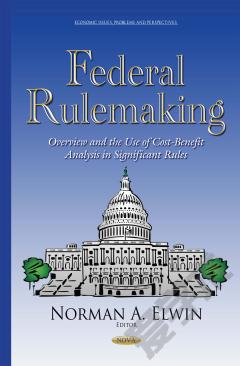Smart Disclosure: Approaches and Benefits of Federal Government Use
Smart disclosure involves providing consumers access to data in user friendly electronic formats, in order to fuel the creation of products and tools that benefit consumers, including tools that will help them make important marketplace decisions. While the Federal Government has promoted access to data for consumers for some time, the growth of the Internet as both a center of commerce and a source of information has made more effective and interactive data access possible. Smart disclosure has received increasing attention in recent years as a distinct policy approach that draws on digital technology, and the approach has begun to gain significant momentum. Agencies across the Federal Government have begun to use smart disclosure in a variety of areas, including health, education, energy, finance, public safety, and more. Smart disclosure empowers consumers to make better-informed decisions when facing complex marketplace choices. Whether consumers are searching for colleges, health insurance, credit cards, airline flights, or energy providers, it can be difficult for consumers to identify the product or service that best suits a particular need. In some cases, the effort required to sift through all of the available information is so large that consumers default to decision making based on inadequate information. As a result, they may overpay, miss out on a product better suited to their needs, or be surprised by fees. This book summarizes the Federal Government’s efforts in the smart disclosure domain. It also provides recommendations for expanding the use of smart disclosure and promoting effective smart disclosure policies across the Federal Government.
{{comment.content}}








 京公网安备 11010802027623号
京公网安备 11010802027623号